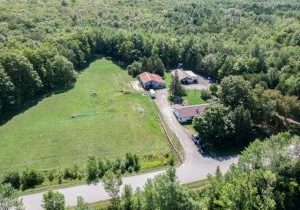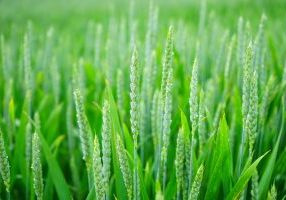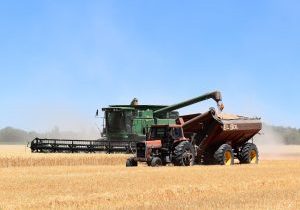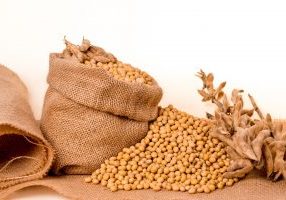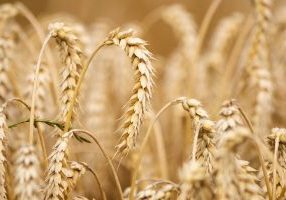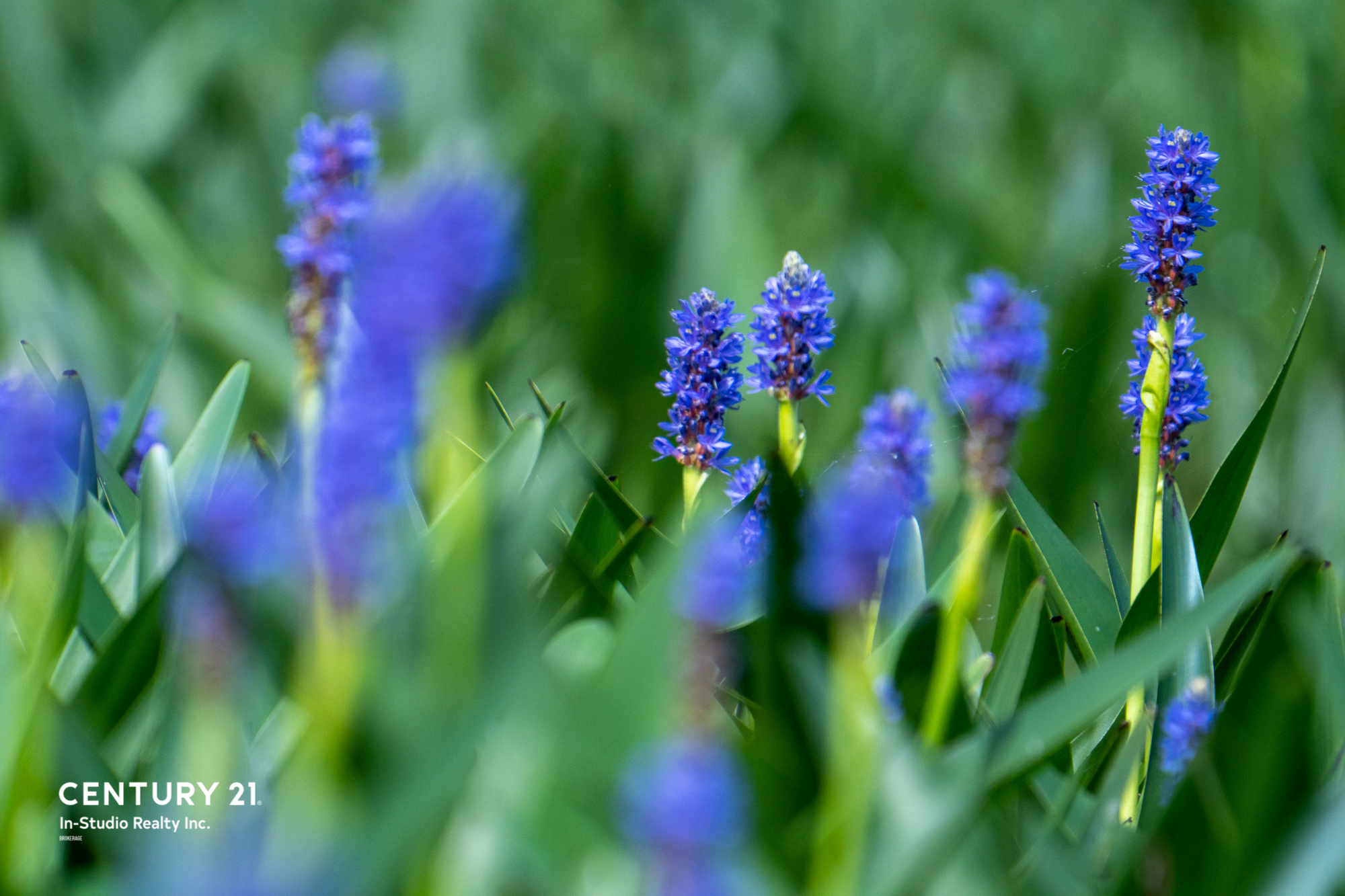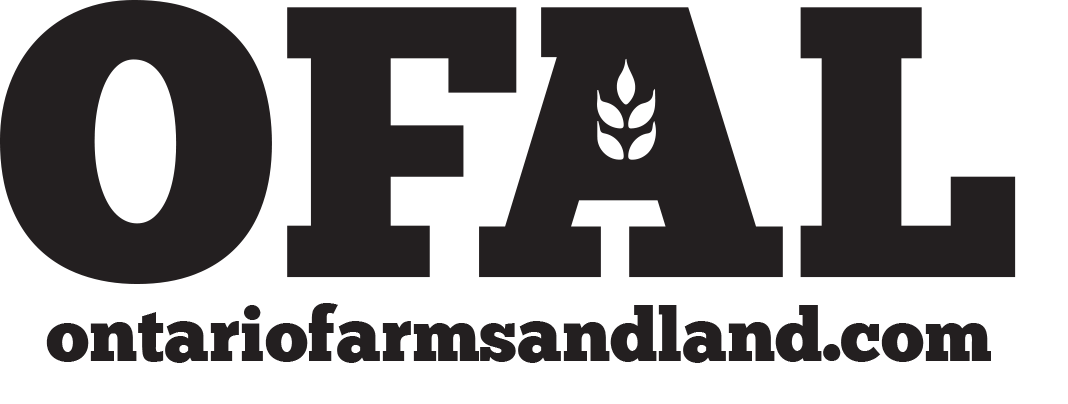Buy Fresh. Support Local. Thank You!
Considering farms for sale in Northumberland Durham? The Northumberland Durham region has proven its ability to adapt to changes in the market and resource availability, allowing the area to remain prosperous through changing agricultural endeavours. Both regions thrive with various tourism opportunities that provide countless opportunities to shift into new markets. With a focus on agri-tourism and increasing breweries and other food and beverage processing and packaging facilities, the agricultural sector is set up for success. There is a substantial growing season in these regions of nearly 6 months, along with viable, fertile soil that allows for a variety of products to be grown throughout the region.
Northumberland County is located in Central Ontario between Lake Rice and Lake Ontario, east of Toronto, and spans an area of 1,905 km2 with a population of nearly 90,000.
The Durham Region is located east of the Greater Toronto Area and makes up the eastern end of the Golden Horseshoe region. It is found between Lake Ontario and Lake Simcoe, with ample water resources and scenery. It spans an area of 2,523 km2 and has a population of nearly 650,000, with many opportunities for work in various areas of agriculture.
Ready to purchase your next Northumberland Durham? Contact The Ontario Farms & Land Group today! 1-844-721-FARMS
Find Your Dream Farm For Sale In Northumberland Durham
Local Northumberland Durham REALTORS® Specializing In Farms & Land
Coming Soon
Local Resources in Northumberland Durham
Farmers Markets
With proximity to the Greater Toronto Area, there are many opportunities to connect with the large market of urban consumers' searching for organic and locally sourced produce and products. Durham Farm Fresh, founded in 1993, was created to aid farmers in marketing their products in the local community. They continue to create opportunities through local agricultural fairs, events, and educational programs. Additionally, their website is a valuable resource where they share what crops are in season and where to find farms close to you. Check out the farmers’ markets in the region for some examples of year-round and seasonal farmers’ markets below:
- Cobourg Farmers Market, Cobourg
- Codrington Farmers’ Market, Codrington
- Campbellford Farmers’ Market, Campbellford
- North Oshawa Farmers’ Market, Oshawa
Veterinary Clinics & Hospitals
The Northumberland Durham area offers many resources for veterinary care, including clinics and hospitals with emergency care. Whether you have big or small animals, your animals will be well taken care by experts with years of expertise! See below for a list of the larger veterinary clinics and hospitals in the area:
- Simcoe Rossland Animal Hospital, Oshawa
- Ajax Animal Hospital, Ajax
- VCA Northumberland Animal Hospital, Colborn
- Pine Ridge Veterinary Clinic, Cobourg
Agriculture Supply Shops
There are many amenities accessible to the Northumberland Durham region. Whether you’re looking for local feed suppliers, tools, heavy-duty farm equipment, or service, you’ll find it here. See below for a few great shops to get you started:
- Campbellford Farm Supply Ltd., Warkworth
- Northumberland Grain, Cobourg
- Evergreen Farm & Garden Ltd., Orono
- Wright’s Feeds N Needs, Blackstock
Auctions
Whether you’re looking for online or in-person services, heavy-duty machinery, estate sales, home supplies, farm equipment, tools, or vehicles, you’ll be able to find a good deal on what you need in the Northumberland Durham region. If you require an appraisal, these services are also provided by most auctions. See the list below to check out a few of the auctions in the region:
- Haydon Auction Barn, Haydon
- Stapleton Auctions, Newtonville
- Weatherham Estate Treasures, Cobourg
- JRS Auctions, Courtice
Urban Centers
Oshawa
Located on Lake Ontario and east of Toronto, Oshawa has a population of over 170,000. It is part of the Golden Horseshoe within the Greater Toronto Area and is reported to be one of the safest cities within the GTA.
Cobourg
Cobourg is the largest town within Northumberland. With a population of nearly 20,000, it is found on Lake Ontario, east of Oshawa. It has been consistently named one of Canada’s best places to live with populations under 25,000.
Pickering
Pickering is in very close proximity to Toronto. It is located where the Toronto, Durham, and York regions meet. The city has a population of over 90,000.
Transportation & Logistics
Transportation
- Cobourg Transit Service
- Shared-ride public transit on-demand throughout Cobourg
- Durham Region Transit
- Public transit throughout Durham County
- Oshawa to Toronto – 61 km
- Cobourg to Toronto – 118 km
- Pickering to Toronto – 40 km
Logistics
- Proximity to GTA and Toronto
- Durham College
Northumberland Durham Farming
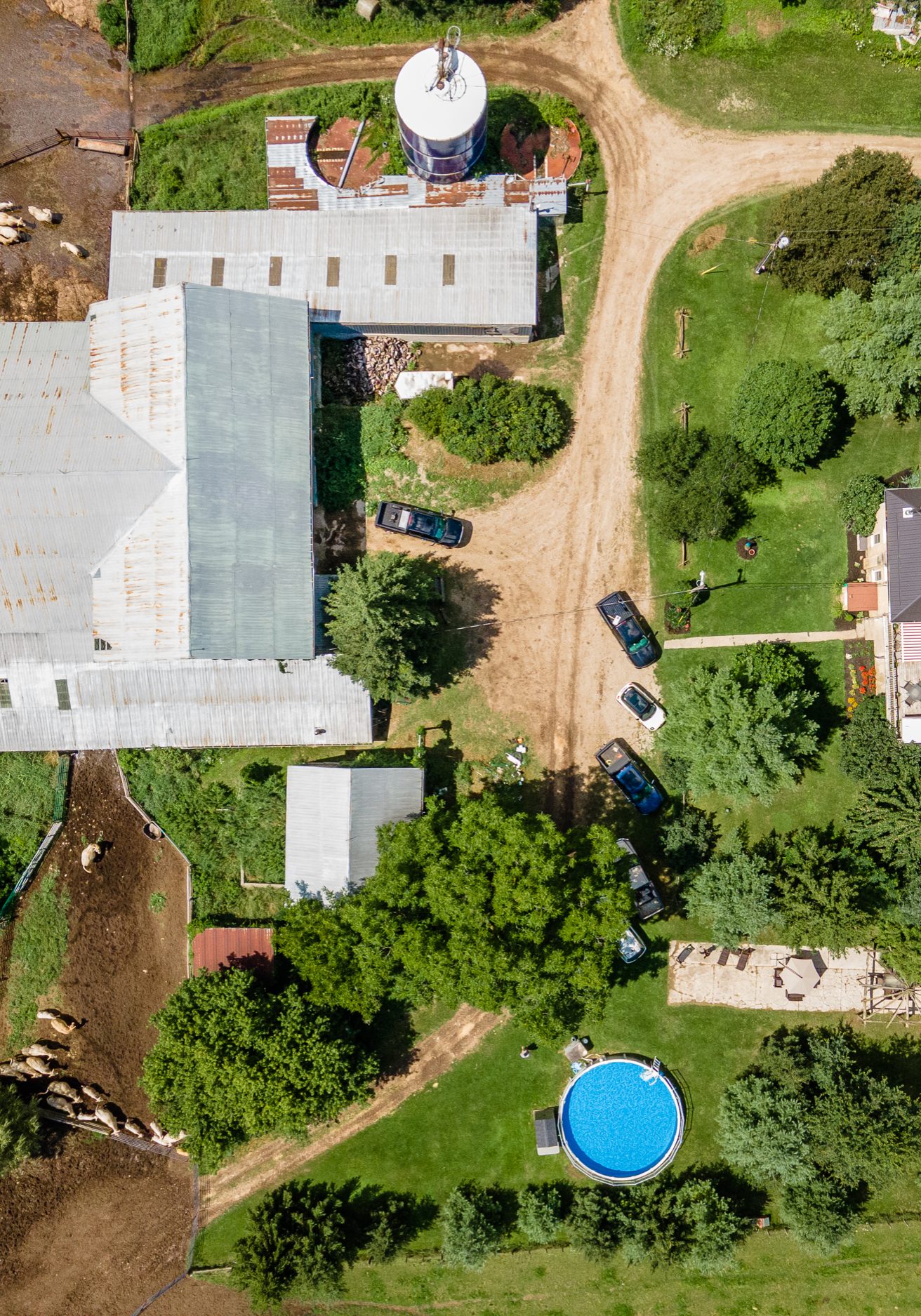
Agriculture is a vital industry within the Northumberland Durham regions. Within Northumberland County, crops are rotated regularly for viability, and in 2016, soybeans were the most produced crop, with hay and potato following behind. The region also produces fruits, including raspberries and strawberries, and grains like alfalfa and oats. There has also been an increase in honeybee farms and demand from the beverage industry to produce hops.
The agricultural sector within Durham County spans more than 118,497 hectares, with farms primarily producing cattle, oilseed, and grain. The region also produces vegetables and melons, sheep and goats, fruit and tree nuts, as well as poultry and eggs. With 1,300 farms, the Durham region contributed over $321.7 million to Ontario's overall farm production in 2016.
The Durham region also contains numerous food processing and food and beverage packaging facilities that are critical to the agricultural sector. Both industries continue to innovate and improve based on market needs and available technology to continue developing economic opportunities in the regions.
The Northumberland Federation of Agriculture represents farm families throughout the Northumberland region. They are strong supporters of various programs, including the Farmer Wellness Program, which donates to a variety of community causes, communicates with over 700 members regularly, and awards scholarships to 2nd-year students. Similarly, the Durham Federation of Agriculture represents the interests and concerns of farmers in the region to advocate for improvements throughout the agricultural sector both within the region and provincially.
Additional supports in the Durham Region include the Durham Region Agricultural Strategy, which aims to strengthen the agriculture and agri-food sector throughout the area.
There are a number of conservation authorities throughout the Northumberland Durham region working to preserve and protect natural resources and habitats. These include the Central Lake Ontario Conservation Authority and the Gararaska Region Conservation Authority, both of which aim to manage the watersheds while offering educational programs and various activities to take part in within the area.
Additionally, sustainable agriculture is a priority for the region, with Durham implementing an Agricultural Sector Climate Adaptation Strategy to mitigate the industry's contribution to greenhouse gases and address climate change. With over 150 stakeholders, they have implemented short and long-term goals centred around 18 core programs. These programs include food security and a robust agricultural sector, preserving good soil health, preventing and managing flooding, human health, and on and off-farm infrastructure.
Soil
The soil composition in the Northumberland and Durham regions is made up of limestone, sandy loam, siliceous materials, shale clay materials, till, smooth sand, and gravel. This soil is identified as ideal for general farming, including growing grain, hay, pasture, and livestock. Incorporating alfalfa growth benefits soil health greatly in this region. With 67% of the Northumberland agricultural land identified as Class 1 – 3 soils, the land is ideal for agriculture.
Weather
The weather in the Northumberland Durham region is quite comfortable, with winter temperatures averaging around -9°C and rarely getting colder than -20°C. Summer temperatures average around 26°C, rarely surpassing 30°C. The average rainfall for the area ranges between 10 mm to 59 mm month over month, with an average snowfall of 106 – 114 mm in February. The longest days have roughly 15 hours 29 minutes of sunshine, with the shortest days having just 8 hours and 54 minutes of daylight in the winter.
There are an estimated 5.5 – 5.8 months of the growing season from April 24 – October 18 annually.
Water & Air
The water in the Northumberland Durham area is provided by both municipalities as well as through private wells. There are ample water resources throughout the region, with access to numerous interior lakes, including Lake Simcoe and Lake Ontario. Water is regularly tested and managed before distributing throughout the community.
The air quality throughout the Northumberland Durham region is reported as good.
Animals & Insects
Wildlife commonly found in the Northumberland Durham region includes coyotes, white-tailed deer, eastern chipmunks, porcupines, beavers, and red squirrels. Many birds call the region home, including red-breasted nuthatches, hawks, whip-poor-wills, and warblers. Additionally, turtles are found throughout the region, and pollinators like butterflies, moths, and bees are abundant.
Read Our Latest Blogs
Discover Neighbour Farming Communities to Northumberland & Durham
ONTARIO FARMING COMMUNITY PAGES
On our community pages, you'll find a wide variety of local information and resources.


